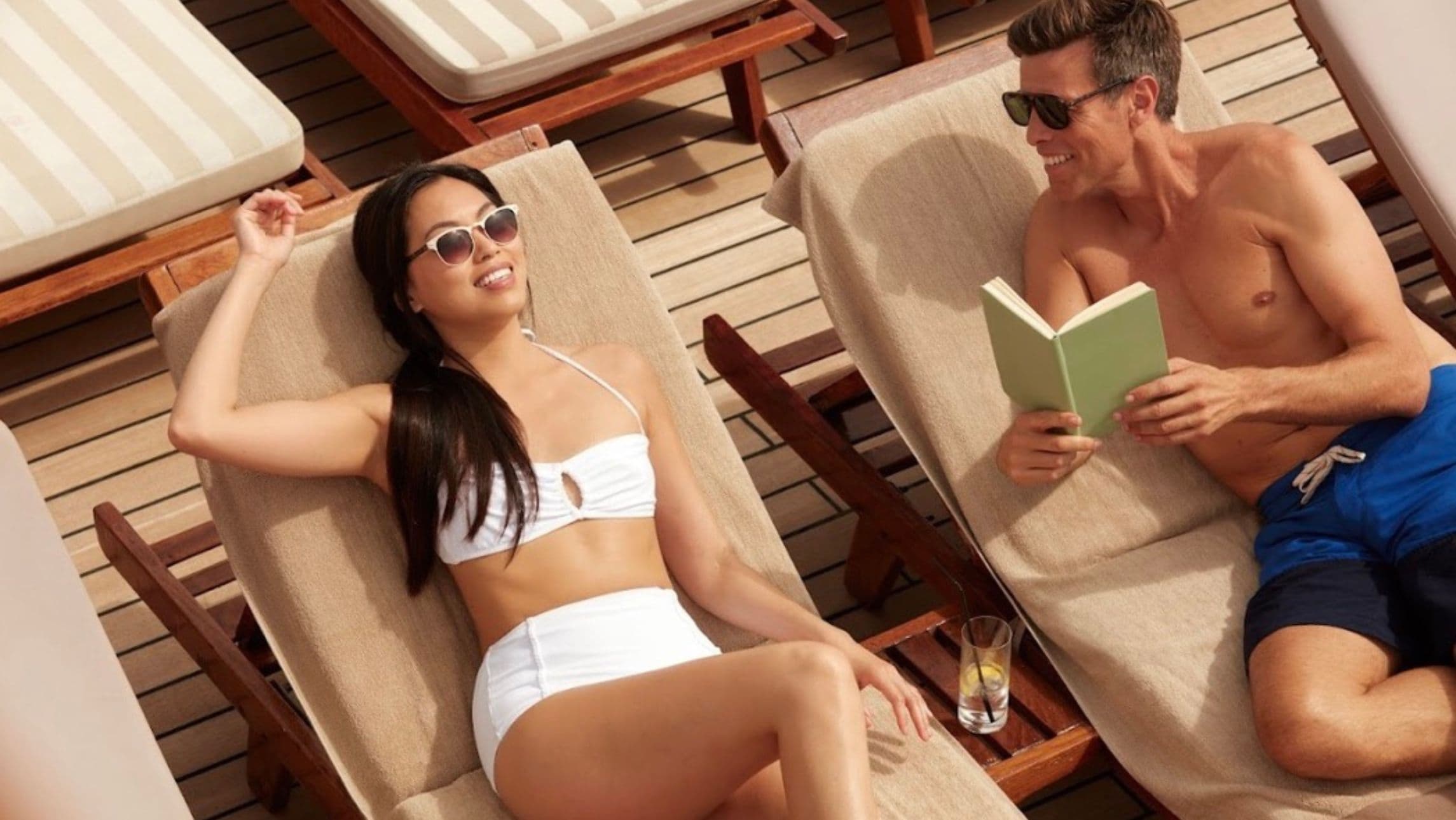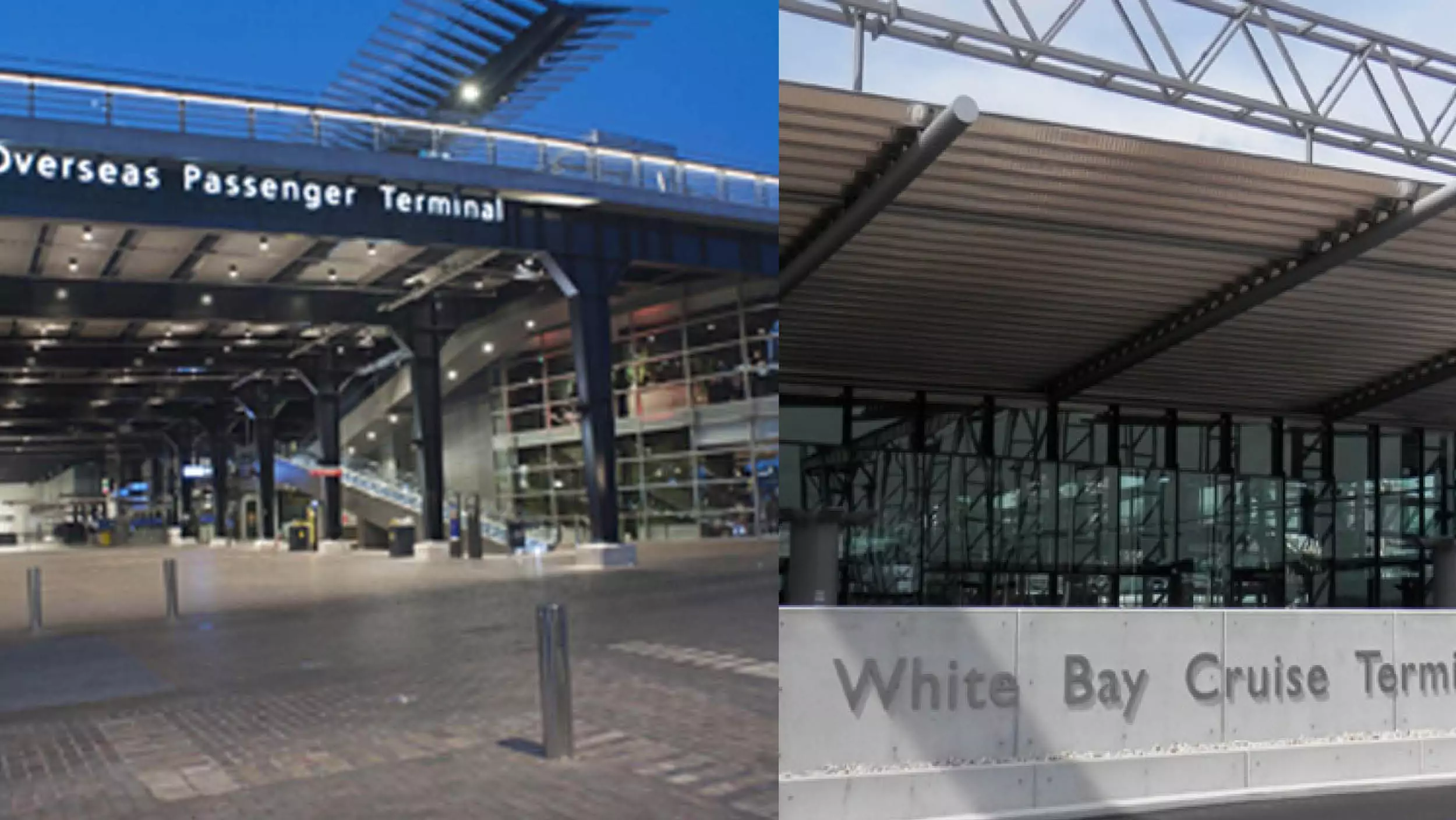Nina Caplan combines a gourmet city break in Melbourne with a hike along the spectacular new Grampians Peaks Trail to walk it off.
On my first visit to Melbourne since lockdown, I was keen to try as many new restaurants and bars as time and physiology would allow. And, because nonstop eating comes with one tiny drawback, I thought I’d tackle the new 100-mile-long Grampians Peaks Trail, as well – although a gourmet odyssey is hardly the ideal preparation for a 13-day hike.
Fortunately, for fair-weather walkers like me with a fondness for luxury, there are top hotels along the route, including the Royal Mail in Dunkeld, which has the biggest private cellar of burgundy and bordeaux in the southern hemisphere (room-only doubles from $225; royalmail.com.au). With their help, I thought as I tramped the Melbourne laneways on my way to my first bar, this would be my kind of outback adventure.
The Caretaker’s Cottage is a cute bluestone house among Melbourne’s shiny skyscrapers, built in 1914 to serve the church next door. Its founders bill it as a pub, but where I come from, pubs don’t have a trio of top bartenders pimping liqueurs. Another welcome change: at last, central Melbourne has an Indigenous restaurant. Big Esso opened last year in Federation Square. The name means “the biggest thank you” in Torres Strait Creole; chef Nornie Bero belongs to the Komet tribe of the Meriam people and grew up on the island of Mer. Her restaurant is a cheery hotchpotch of tables backlit by the Indigenous artist Aretha Brown’s monochrome mural. This is the place to try pepperberry-fried crocodile or coconut and chilli-cured kingfish (mains from $22; mabumabu.com.au).
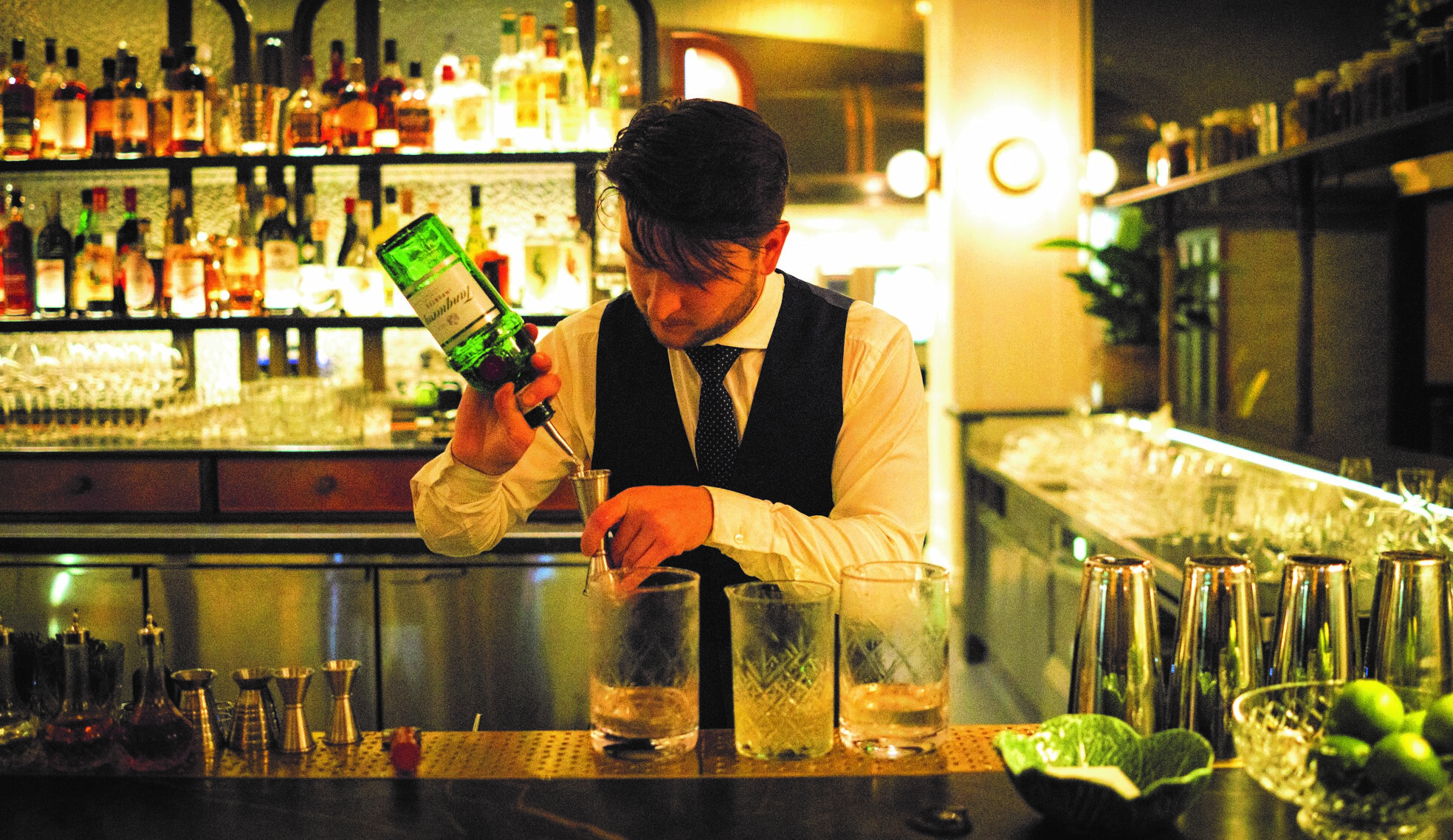
Five minutes’ walk away there’s Gimlet by Andrew McConnell, the quiet hero of Melbourne’s food scene, with wood and brass fixtures and Australian wine pairings by Anthony Pieri so good that the couple at the next table interrupted their anniversary dinner to ask what we were drinking (mains from $44; gimlet.melbourne). I’ve never found anyone who doesn’t love McConnell’s food – the lobster roll at Supernormal is legendary – and while Gimlet is more European in style, the flair is the same. Local duck breast is pepped up with blood plum; spanner crab is sauced with a tarragon pesto. Even the signature cocktail was the best gimlet I’ve ever tasted.
My sleek high-rise hotel, Next, in the new 80 Collins Street complex, offered a breakfast omelette with chilli salsa that could have lasted me through lunch, if that weren’t a waste of an eating opportunity (room-only doubles from $374; nexthotelmelbourne.com).
Afterwards, I jumped in the car and followed sun-dappled roads northwest for three hours, until mountains sprouted abruptly out of a tawny landscape that shelters old wine cellars and older gold mines: I’d reached the Grampians.

Mount William Station at Willaura is a newly refurbished 19th-century homestead on a 3,000-hectare property that has belonged to Will Abbott’s family for four generations (B&B doubles from $240 for two nights; mountwilliamstation.com). The kitchen was modern but everything else looked as it once would have – if earlier inhabitants had had electricity, white goods and internet access. Beyond the windows, rolling grassland led to the bluestone stables; inside, salons and dining rooms decked in glowing jarrah.
From here, it is 45 minutes to Halls Gap, where anyone walking the trail without a guide is encouraged to stop at the Brambuk National Park and Cultural Centre for maps and advice. The trail is remote, with patchy mobile reception and stretches scrambling over sandstone rocks or ascending steep trails; I’d recommend a guide: among the best is Braeden Hyland, of Grampians Peaks Walking Company. Not only can he tell you how the yellow-footed rock wallaby was saved from extinction, he recognises the mournful call of a yellow-tailed black cockatoo, knowing too that, for Indigenous people, it is an indication of coming rain.
The walking is glorious. I tramped through tea trees and pine gums up to the Pinnacle, 610 metres above sea level, looking out over layers of forest beneath vast blue skies. There were wildflowers and waterfalls with wonderful names: the trail threads behind the sheet of white water that is Bridal Veil Falls and along Silent Street, a path cut through the rock to form a narrow gorge, and up steep stairs from the dramatically striated rock of Grand Canyon. You’ll only avoid seeing kangaroos and wallabies by walking with your eyes shut. If you’re less keen on serious hiking, there’s Dunkeld Arboretum, where kangaroos watch you without fear before leaping unhurriedly into the brush. It is a short, flat stroll from the Royal Mail Hotel; there’s also a mile loop that passes a 400-year-old gum tree, undulating along the ground like a giant snake.
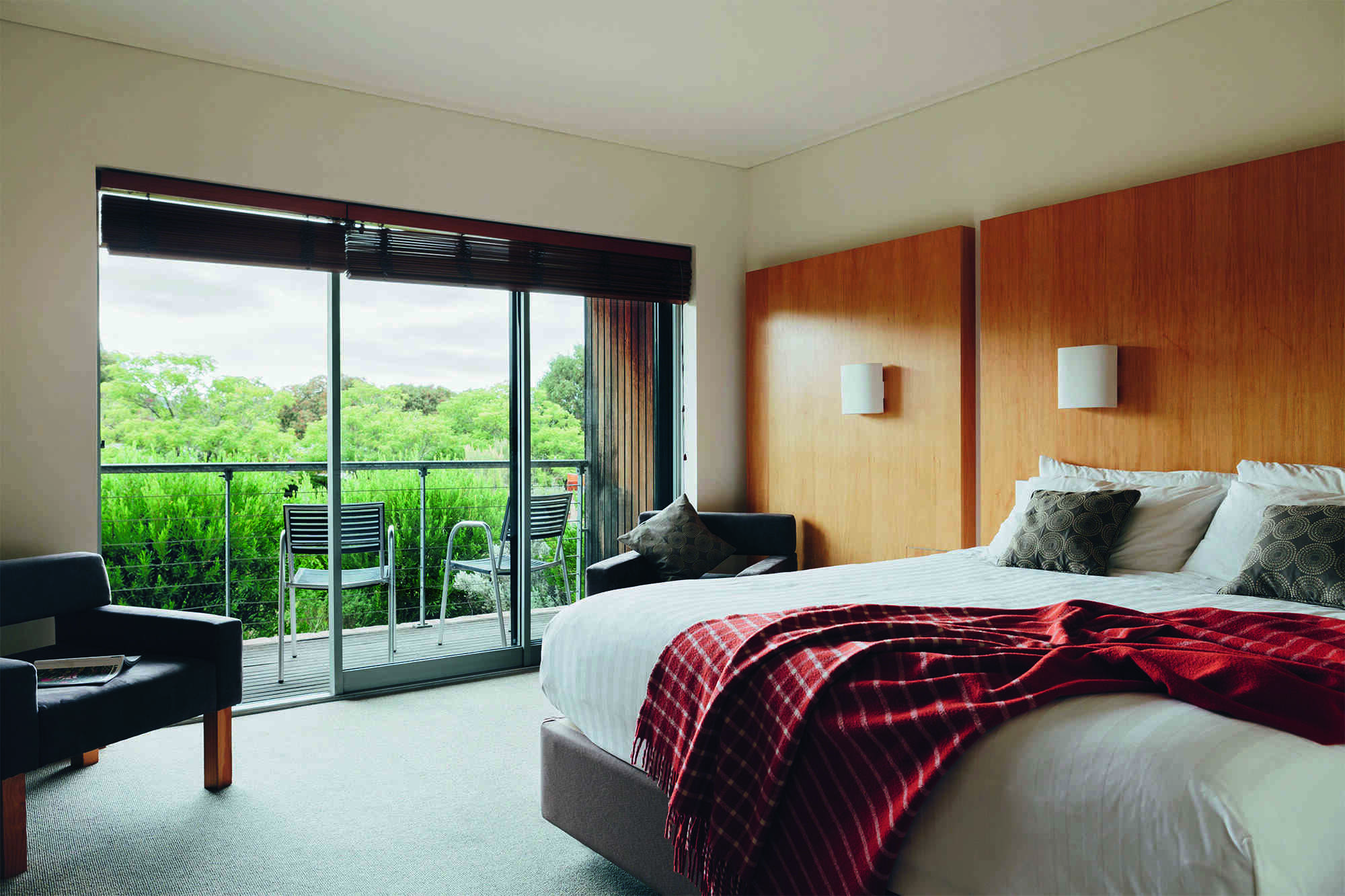
It’s easy to work up an appetite. In the tasting menus served in the restaurant facing Mount Sturgeon, Royal Mail head chef Robin Wickens is proud of using only local produce (seven-course dinner menu, Thursday-Saturday, $250; royalmail.com.au). I visited the conservation area, where the hotel shields many marsupials from extinction: a rufous bettong (or rat-kangaroo) nibbled on corn; a fat-tailed dunnart munched a ball of beef mince and crushed black beetle; and, in another enclosure, the beautiful polka-dotted fur of an eastern quoll glimmered from under a log.
Those who prefer can avoid walking altogether. At Stawell Airport – a grand name for a hut and a car park – Justin Neofitou of Grampians Helicopters checked our seatbelts and headphones, then took us up over the flats, the blue-grey mountains rearing in the near distance. This is a spectacular landscape whether you choose to fly the trail or land beside a vineyard – say, Best’s Wines Great Western, for a tasting and platter.
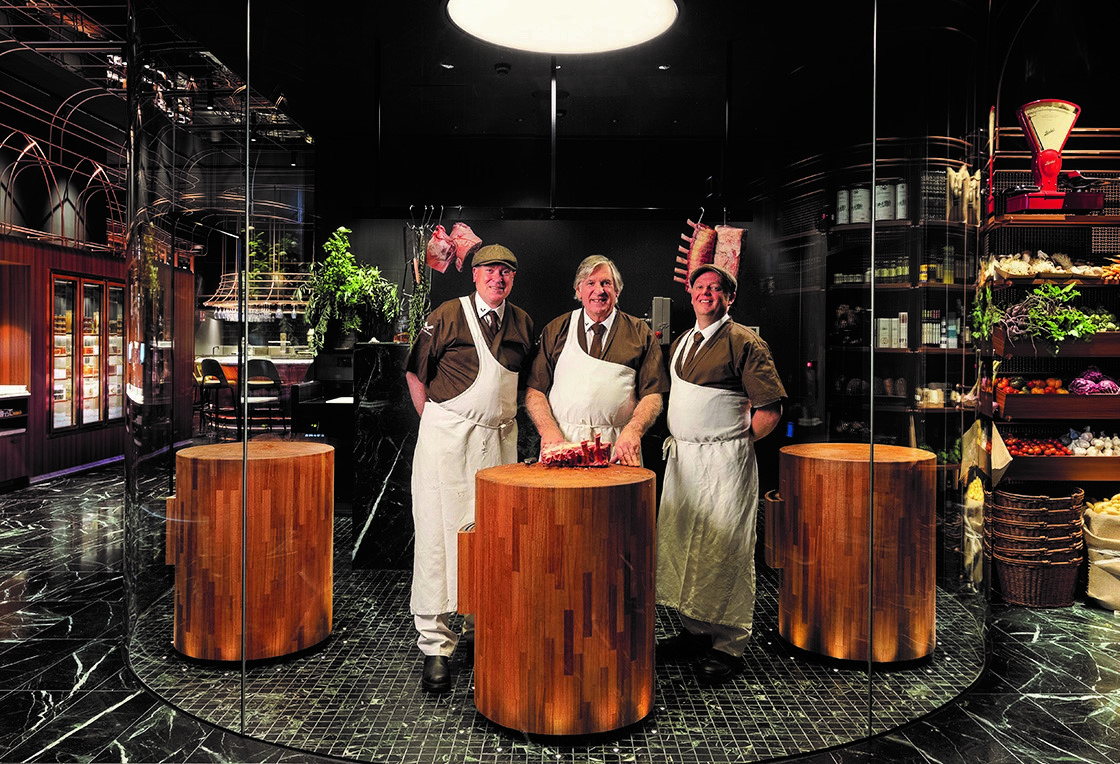 Back in the city, my second hotel was more fabulous than the first: the W Melbourne has a mirror above the pool and an underground bar, Curious, where cocktails come wreathed in whorls of dry ice (room-only doubles from $395; marriot.com) After hiking in the outback I felt justified going back to dinner research, seeking out the marble bar behind artisan butcher Victor Churchill for oysters and steak (mains from $39; victorchurchill.com). And I bagged a high stool at Farmer’s Daughters, where everything – the ham, the wine – comes from farms in Gippsland (set menu $125; farmersdaughters.com.au).
Back in the city, my second hotel was more fabulous than the first: the W Melbourne has a mirror above the pool and an underground bar, Curious, where cocktails come wreathed in whorls of dry ice (room-only doubles from $395; marriot.com) After hiking in the outback I felt justified going back to dinner research, seeking out the marble bar behind artisan butcher Victor Churchill for oysters and steak (mains from $39; victorchurchill.com). And I bagged a high stool at Farmer’s Daughters, where everything – the ham, the wine – comes from farms in Gippsland (set menu $125; farmersdaughters.com.au).
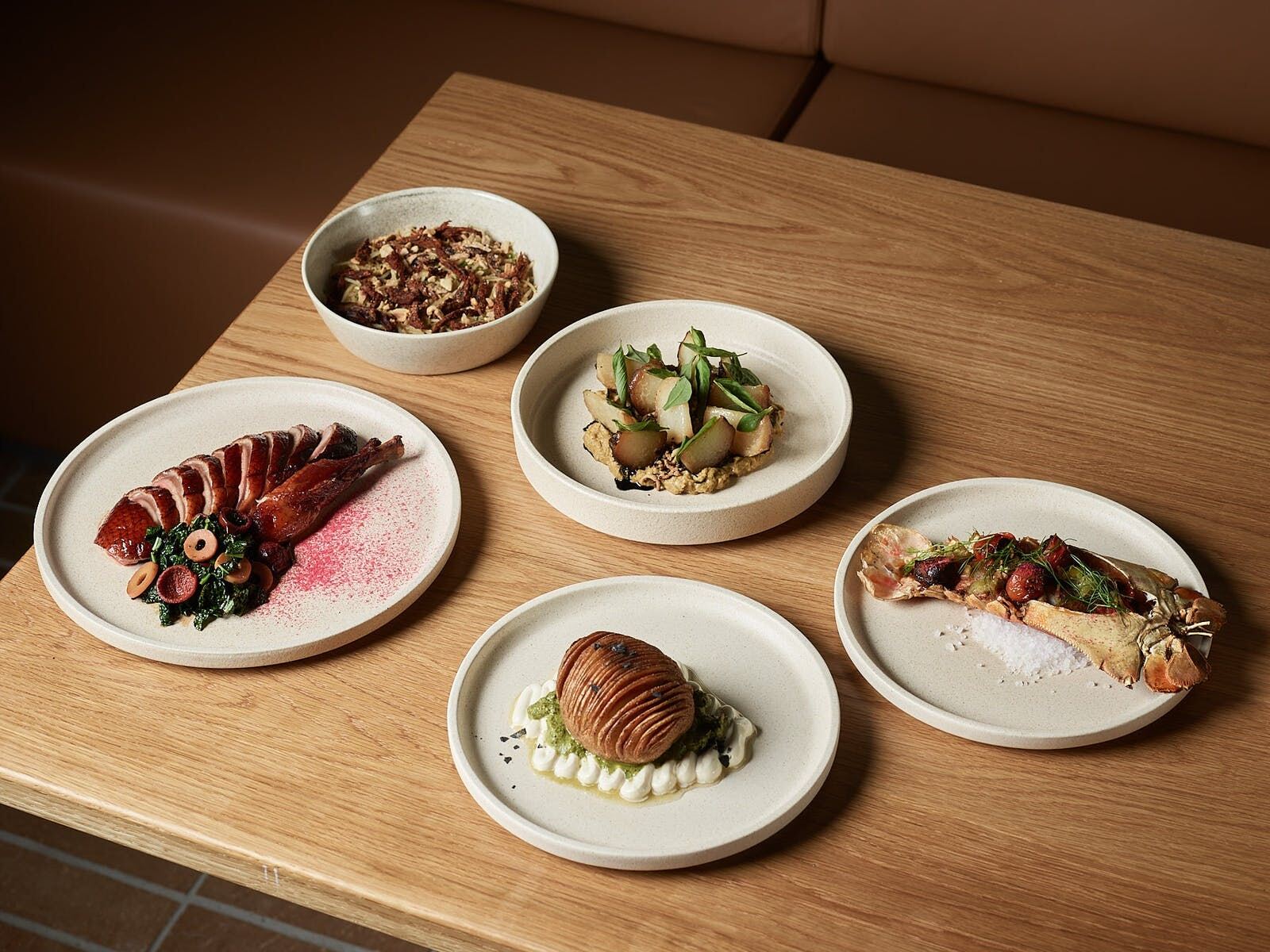
At hip Aru, dishes combining ingredients such as kangaroo jerky and warrigal greens with fragrant seasoning such as kampot pepper and furikake were so beautifully presented it was almost a shame to eat them (mains from $38; aru.net.au).
When I finally put down my fork and made plans to get back to Melbourne Airport, I just hoped I wouldn’t exceed my own baggage allowance in bodyweight after such a marvellous eating experience.



